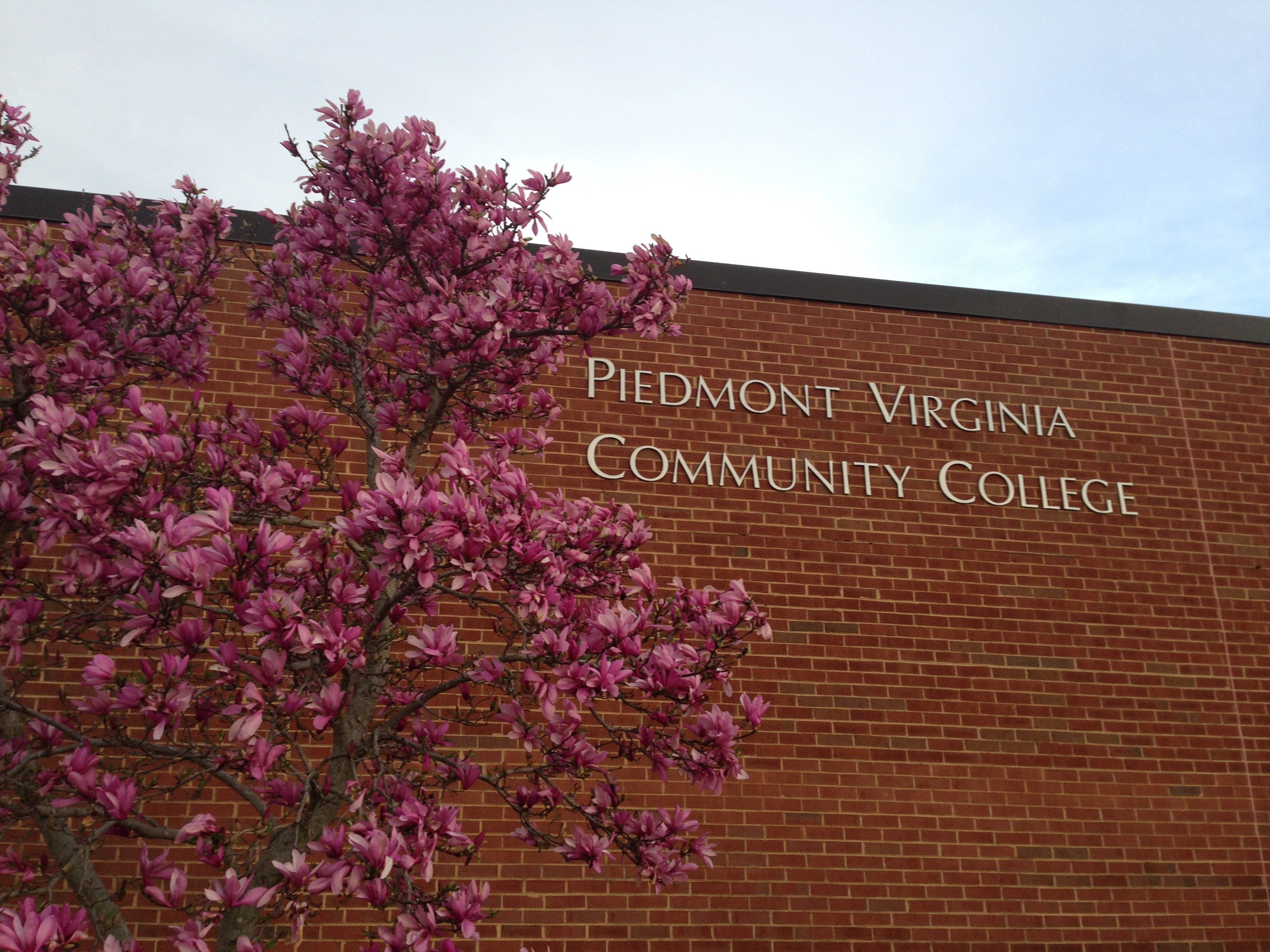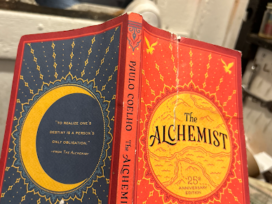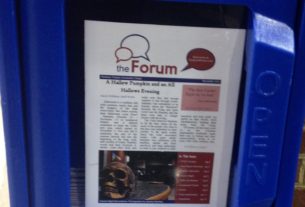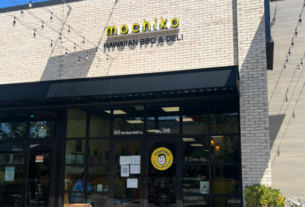
Why We Still Need Feminism
Feminism is the new “F” word.
Or at least that is how it can feel. The connotations behind the term “feminism” can be ambiguous at times, but it has increasingly become out of vogue to call oneself a feminist.
However, PVCC’s Gender Equality Club shed light on the origin of this word during its April 6 open lecture: “Why Every Month is Women’s History Month.” It was the second meeting hosted by the Gender Equality Club and featured speaker Dr. Jennifer Tomás, Assistant Professor of History at PVCC.
A large group of people filled most of the seats at the lecture and many sampled the pizza offered by the Gender Equality Club.
As the last few people straggled in, Dr. Tomás took to the podium. She did not disappoint; after some jokes, she launched into the complex background behind the women of America’s past as well as the history of American feminism.
According to Tomás, feminism can be defined as the struggle for equal rights of both men and women; recognition that structural inequalities exist; and that these structural inequalities can and should be corrected.
To understand Tomás’ definition even further, feminism benefits both men and women by encouraging the destruction of all gender stereotypes. Feminism recognizes that social constrictions exist throughout society that pressure both men and women into confined, even painful roles.
Mary Wollstonecraft, Judith Murray, and Olympe de Gouges were some of the early feminists who worked to level that playing field.
Dr. Tomás took the lecture room on an exploration of these women’s triumphs and struggles, as well as other early feminists not listed in this article.
For example, in a time that it was unheard of to have a female writer, playwright, and activist, Olympe de Gouges defied society’s expectations. In response to Declaration of the Rights of Man and of the Citizen, she wrote Declaration of the Rights of Woman and the Female Citizen in in 1791.
Her efforts to fight discrimination and sexism were rewarded by way of execution via the guillotine.
After the lecture, I asked Dr. Tomás what she was hoping would come from the discussion and she explained, “I am hoping that the talk will inspire students at PVCC to take my course “Women in American History” (HIS 127) this Fall.”
She continued, “So we get a good enrollment and I can continue to offer this important course at the college. I am hoping that those who attended will be inspired to think broadly and historically about feminism, knowledge, and power—this message I had that what we study, write about and teach in history classrooms matters because it demonstrates that those topics, those human beings mattered and continue to matter.”
Tomás’ speech was inspirational and encouraged the audience to think both critically about feminism and the power of knowledge.
I had a second question for Dr. Tomás: what are one or two things she hoped people will understand about feminism?
She said, “I really want people to understand that the women’s rights movement of the 19th century and 20th century feminism has always really been about extending “human rights” to all women equivalent to those historically exercised by a rather limited range of men.”
She said, “Feminism is really about moving human societies around the globe towards full gender equality—the equal exercise and protection of people’s human rights. It just happens that historically female people have and continue to be disadvantaged and at times outright oppressed by various forms of structural sexism…Structural sexism is a thing feminism wishes to end.”
Thomas concluded, “We need feminism.”






